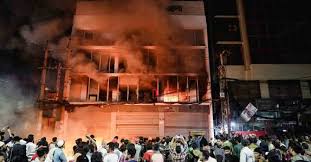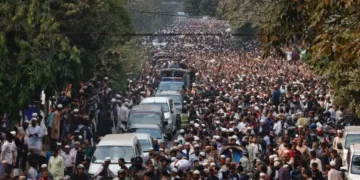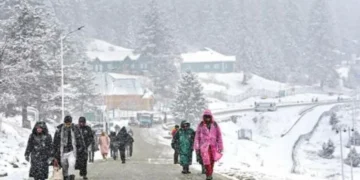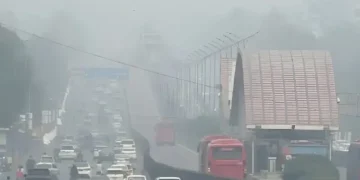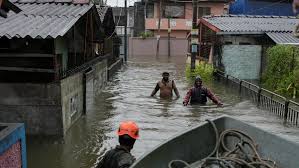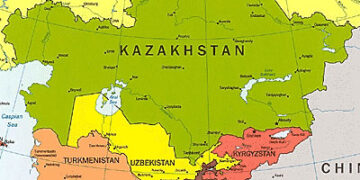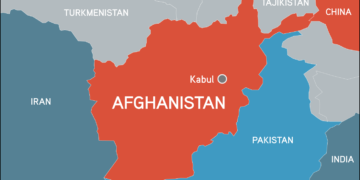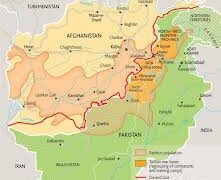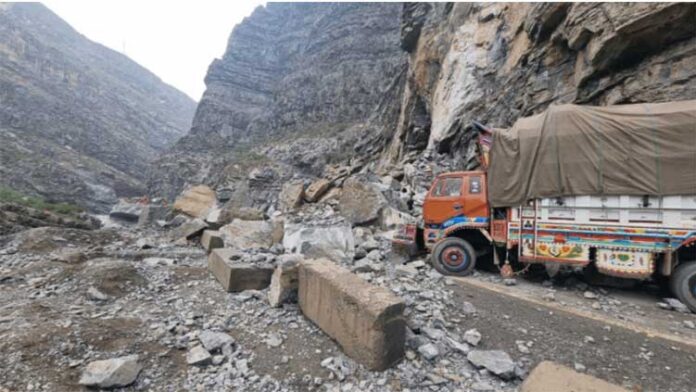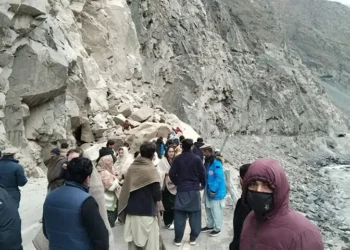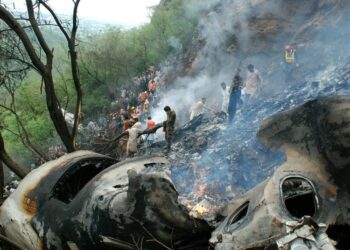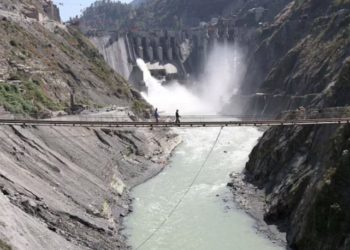ISLAMABAD: The National Disaster Management Authority (NDMA) on Monday issued an urgent advisory warning of possible flooding and landslides in Gilgit-Baltistan and Azad Jammu and Kashmir (AJK), as the region braces for another spell of heavy monsoon rains expected between July 28 and 31.
According to a statement released by the National Emergencies Operation Centre (NEOC), significant rainfall is anticipated in northern areas including Gilgit, Skardu, Hunza, and Shigar, while AJK’s Muzaffarabad, Neelum Valley, and Bagh are also likely to experience intense downpours. The NDMA cautioned that these rains, particularly in mountainous and glaciated zones, could lead to riverine and flash flooding, along with landslides in vulnerable hilly terrains.
In Chitral Valley — especially the Buni and Reshun areas — the risk is further compounded by glacial melt. Experts fear that rainwater combined with accelerated glacial melting could significantly raise water levels in the Chitral River, increasing the likelihood of flash floods downstream. Urban flooding is also a concern for cities like Muzaffarabad and Bagh, where poor drainage and high rainfall could overwhelm local infrastructure.
In response to the threat, the NDMA has instructed all relevant departments — including local administrations and Provincial Disaster Management Authorities (PDMAs) — to remain on high alert. Authorities have been told to ensure the readiness of emergency personnel, deploy necessary rescue machinery, and maintain 24/7 monitoring of vulnerable zones. The NDMA emphasized proactive planning and timely evacuation procedures to mitigate potential loss of life and property.
The warning from NDMA comes as the Pakistan Meteorological Department (PMD) forecasts more heavy rains from July 29 to 31. The expected precipitation may also impact the Kabul River and its tributaries, raising concerns of flash flooding in northwestern regions, particularly in Khyber Pakhtunkhwa (KP).
This new alert follows weeks of destructive monsoon activity that has already caused widespread devastation across Pakistan. According to official figures, the death toll from monsoon-related incidents has climbed to 279, with 676 people injured as of Monday. The last 24 hours alone accounted for eight more deaths.
Punjab remains the most affected province, with 151 fatalities and 536 injuries due to a combination of roof collapses, electrocution, and flood-related accidents. In Khyber Pakhtunkhwa, 64 people have lost their lives, and 80 others have been injured, while Sindh has reported 25 deaths and 40 injuries. Balochistan, though relatively less impacted, has still recorded 20 deaths and 4 injuries.
Pakistan’s mountainous regions are particularly vulnerable to monsoon disasters, as seasonal rains often coincide with glacial melting, creating conditions ripe for landslides and river surges. Infrastructure limitations, coupled with climate change-induced weather volatility, have made disaster management increasingly difficult in these regions.
As the monsoon season continues, the NDMA has urged the public to follow safety advisories, avoid travel to high-risk areas, and cooperate with local authorities in case of emergency evacuations.
In the northern regions, Gilgit-Baltistan has reported nine deaths and four injuries so far, while Azad Kashmir has lost two residents to the weather and seen ten others injured. Islamabad has confirmed eight deaths and three injuries.
Hundreds of homes have been damaged, families displaced, and livestock lost as flooding continues to tear through rural and urban areas alike.
Beyond the human toll, the property damage has been extensive. Just in the past day, 362 homes were reported damaged. The total number of affected homes has now climbed to 1,553. At least 374 livestock have also perished.





















